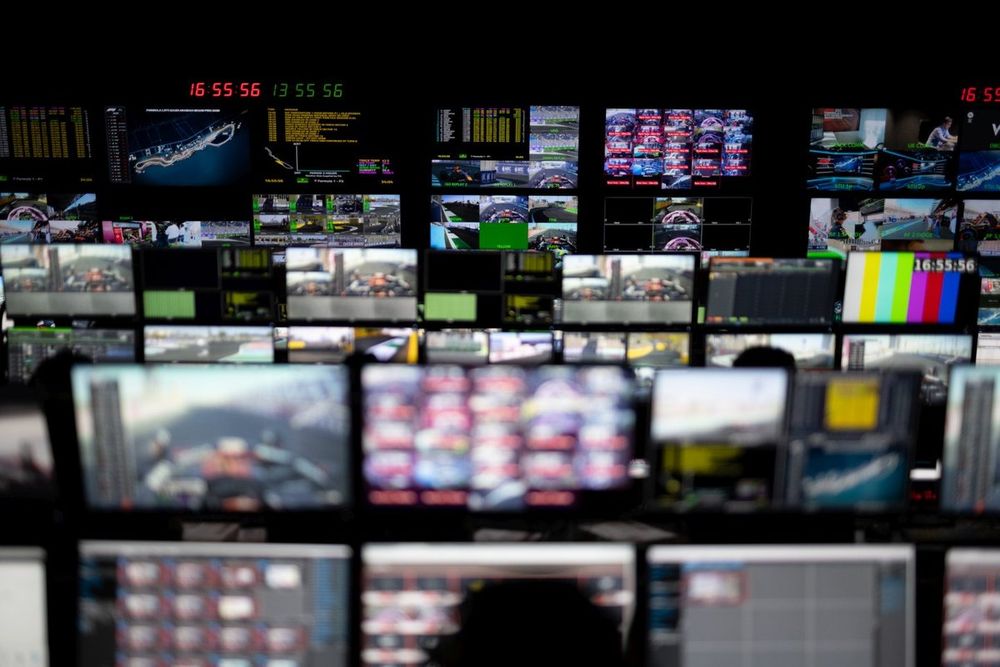F1 was quick to shift its broadcasts to High Definition, then real HD and, in 2017, moved to 4K ultra-high definition.
Now, in partnership with its Official Broadcast Connectivity Provider Tata Communications, it is beginning to put in place what is needed for the likely next industry standard – 8K.
The new images will be four times sharper than current F1 broadcasts and, while that may seem an unnecessary step considering how good the current resolution is, the quest for improvement never stops.
While some might question the need for such a step in better picture quality, Dhaval Ponda, Vice President and Global Head Media & Entertainment Business at Tata Communications, says 8K is the future.
“What happened gradually over the last couple of years is audiences globally, in almost every single part of the world, have got used to having content in 4K. And for the young generation this is where the bar is now set,” Ponda told Motorsport.com.
“I think that the transition to 8K is going on actually quite well in the industry. And it will definitely happen because, for the current generation that has got used to 4K, for them 8K will really offer a finer detail and a higher level of quality.”
For those F1 fans who are pretty satisfied with the current quality of broadcast, it may be hard to imagine that things could be even better.
Photo by: Jacob Niblett / Shutterstock Studios
Biggin Hill FOM production
But as Ponda explained: “It is a step up. Again, if you go back to the days of HD and when things moved into Full HD, I think that change was fairly significant.
“And when we went from Full HD to 4K, I think it was visibly better quality, as you have more depth and more detail. Similarly for 8K, it will capture so much more raw detail that it will be stunning. If you look at a shot of an ocean racing competition in 8K, it is sublime.”
Ponda has identified three key stages that need to be passed for F1 to move to an era of 8K broadcasts.
“Step one is having the underlying digital infrastructure in place, which is basically around investing significantly into next generation technologies,” Ponda said.
“A lot of this investment is also a genuine investment into the future, because you don’t see any revenue on that in the near term.”
The second step involves working with technology partners to establish an 8K ecosystem.
“Change is never isolated,” he added. “It is…
Click Here to Read the Full Original Article at Motorsport.com – Formula 1 – Stories…

